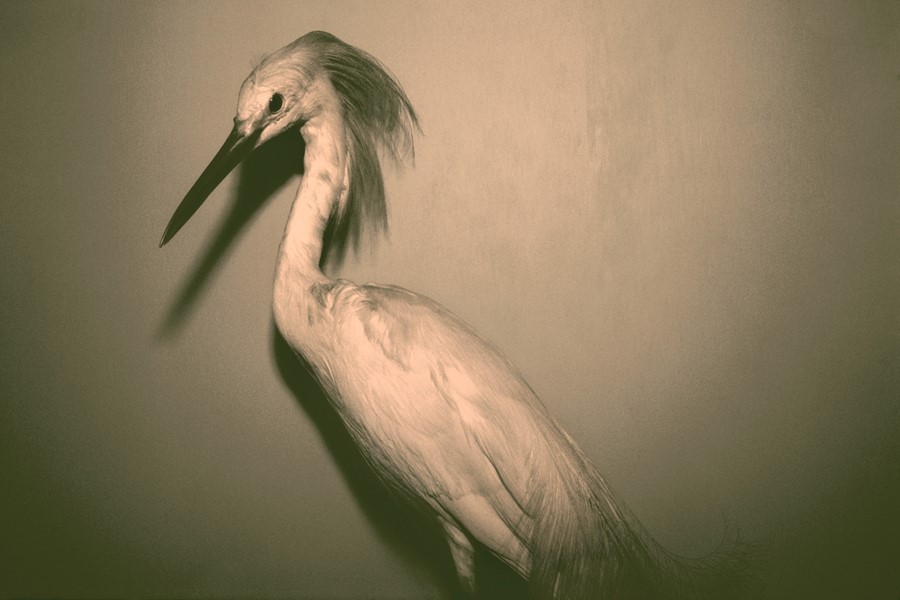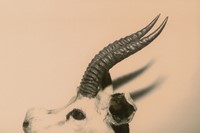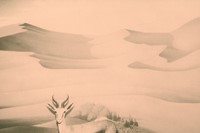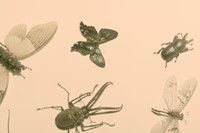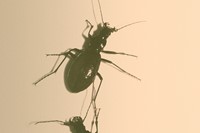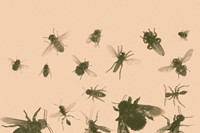Artist Andrea Ferrari discusses why the subjects of his Paris Photo show were all the better stuffed
Broadly speaking, Andrea Ferrari’s latest project is concerned with taxidermy: the process of artificially reincarnating dead creatures to stand in an eternal facsimile of life. In Wild Window, currently showing as part of Paris Photo, we are presented with the long dead forms of an antelope, a gauzy headed bird, an array of beetles, the beheaded torso of an okapi; trophies of the age old human passion for demonstrating domination over, as well as interest in, the natural world. Yet Ferrari’s work does more than simply catalogue these museum pieces; rather, using light and a bleached out palette, he imbues them with an uncanny animation, forging sculptural creatures that are both dead and alive. Glass eyes sparkle in the flash bulbs, shadows add movement, disjointed framing create the impression of an animal disturbed mid-graze. We are both assured of the falseness of their life force, yet unconvinced that they are stuffed. As Laura Gasparini describes in her accompanying notes, “Nature and artifice meet in the shadow and become amazement.”
So, as Paris Photo opens at the Grande Palais, we take the opportunity to talk to Andrea Ferrari about the inception of the project, and the Italian museums that inspired him.
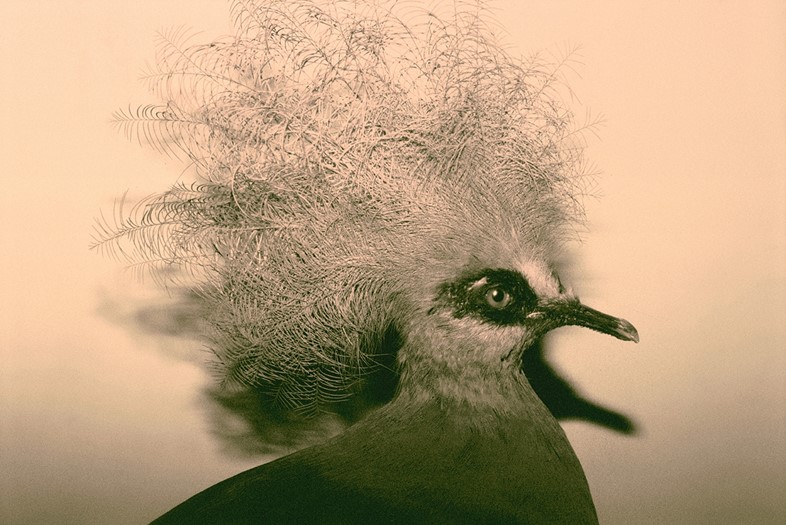
What inspired this project?
I have just re-read the following words by Cézanne: “I am progressing very slowly, for nature reveals herself to me in very complex forms; and the progress needed is incessant”. The title of this work, Wild Window, came to mind one morning while chatting with Arianna LM on a train trip from London Victoria to Gatwick Airport. The first photograph of Wild Window dates back to the time when I had just graduated in philosophy from Milan University and I was experimenting with film. The key moment was meeting Michael Hoppen as he immediately saw the formal strength and content of this project and invited me to Paris Photo.
Where did you find the animals?
Italian museums are places of extraordinary beauty, places where one might go to escape the hustle and bustle outside, where time seems to have stopped. By a strange association, this brings to mind a journey I took on a Burmese river, a long slow journey upstream. Going to a museum is like exploring a new land, although there is a difference as reality is left outside and the space one enters is the world of knowledge. A place to remember for Wild Window? The Spallanzani Collection in Reggio Emilia. Its cabinets are like kaleidoscopes where one's gaze can indulge and interpret the deep secrets of nature.
Do you remember your first encounter with taxidermy? How did it make you feel?
Personally I always feel moved when I see animals. A few days ago, in one of those 16th-century stately homes that are so common in Italy, a stork alighted quite close to me; it was a miracle, then it took off again, very gracefully. For many years, I have looked at a picture of mine of a stork that seems to look back to me. I cannot remember, and I don’t have any specific thoughts about taxidermy.
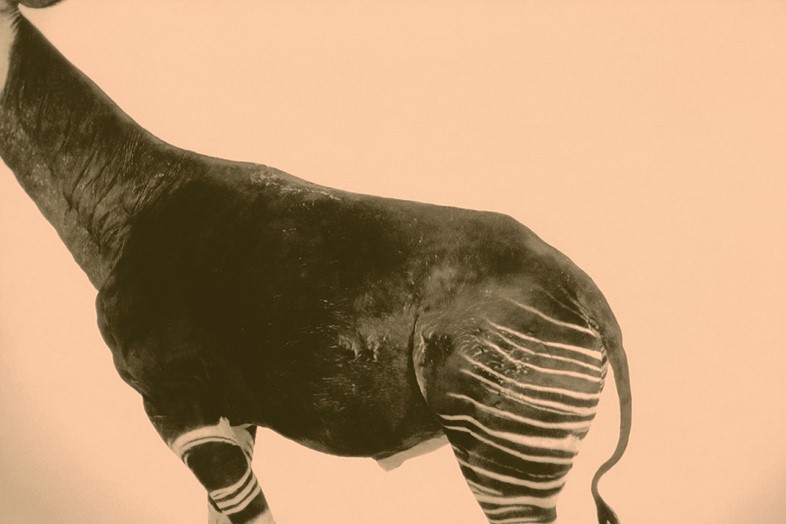
You've said that the palette is a deliberate reference to skin tone - is this designed to heighten the sense of connection and empathy between the viewers and the animals?
I am always very mindful of photographic language and I do not like the idea that elements of such language are used when not needed. In Wild Window, you have the look and the colour. I myself am trying to understand the secret behind this work (why do we always question ourselves?) and I have discovered that there is a precise connection to the colour of our skin. Life throbs underneath the skin. The soul is hidden behind our gaze.
It is interesting that these are abstract images of items designed for show themselves - art within art as it were. What inspired the project?
I was studying a book on the genesis of the alphabet that describes the genealogy of the letter A, which, as everyone is well aware, is the first letter. The letter A is a fallen pictogram and represents an upside-down bull head. It is the first of the letters because the bull is the symbol of prosperity and fertility. In the past, animals were messengers.
Was it important to you to create a suggestion that the animals are alive, or is their taxidermic state fundamental to the nature of the works?
This is an excellent question because it describes the disorientation between viewer and observed animals. We are unsettled by this perfect balance between the perception that these animals are alive (can we deny it?) and the fact they are embalmed. The only viable answer would be to give in to nature’s unforgettable beauty. Last summer, I was in a meadow and, like a kid, I spent hours watching life unfolding in the grass.
Andrea Ferrari's Wild Window shows as part of Paris Photo until 17th November.
